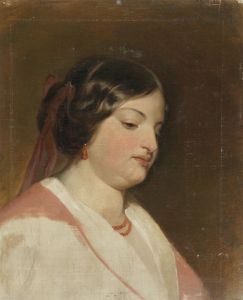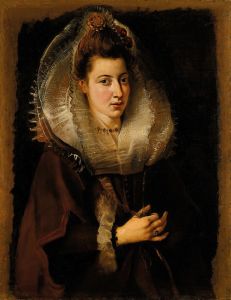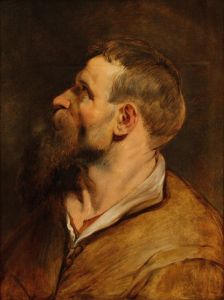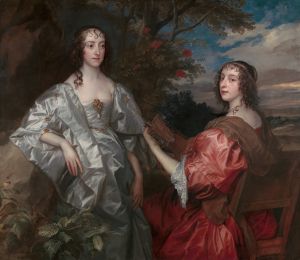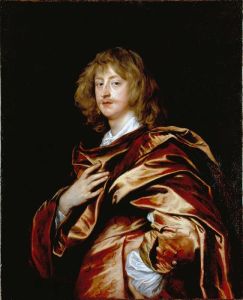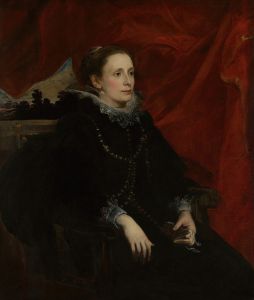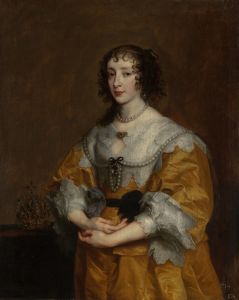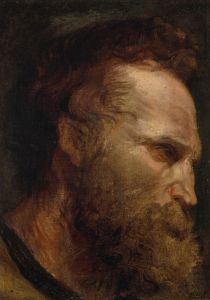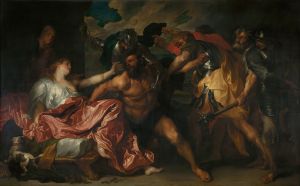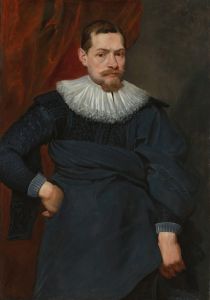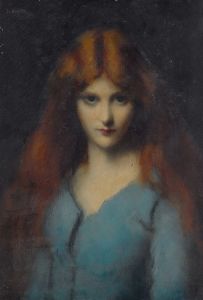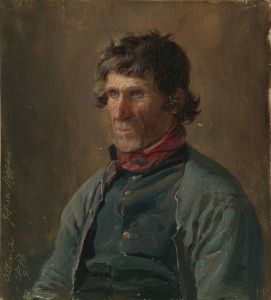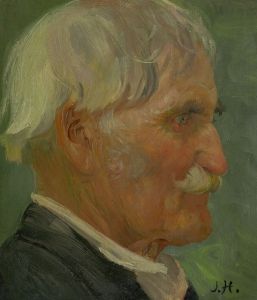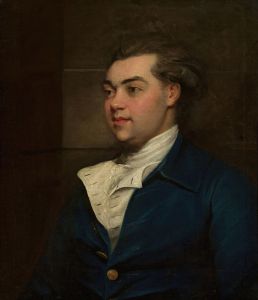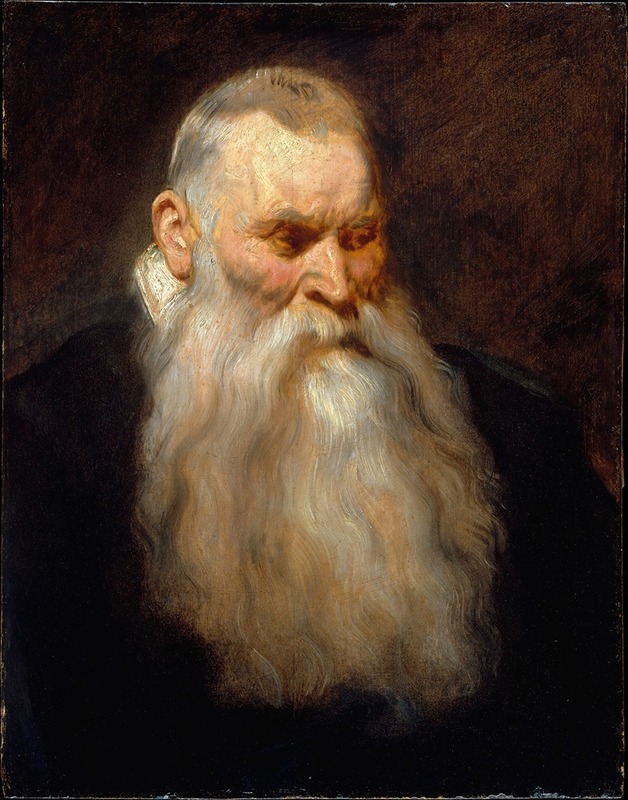
Study Head of an Old Man with a White Beard
A hand-painted replica of Anthony van Dyck’s masterpiece Study Head of an Old Man with a White Beard, meticulously crafted by professional artists to capture the true essence of the original. Each piece is created with museum-quality canvas and rare mineral pigments, carefully painted by experienced artists with delicate brushstrokes and rich, layered colors to perfectly recreate the texture of the original artwork. Unlike machine-printed reproductions, this hand-painted version brings the painting to life, infused with the artist’s emotions and skill in every stroke. Whether for personal collection or home decoration, it instantly elevates the artistic atmosphere of any space.
"Study Head of an Old Man with a White Beard" is a notable work by the Flemish Baroque artist Anthony van Dyck, who was a prominent painter in the early 17th century. Van Dyck is renowned for his portraits and was a leading court painter in England, serving King Charles I. This particular study exemplifies his skill in capturing the human form and expression with remarkable sensitivity and detail.
The painting depicts an elderly man with a white beard, rendered with a focus on the textures and nuances of his facial features. Van Dyck's use of chiaroscuro, the contrast between light and dark, is evident in this work, highlighting the contours of the man's face and giving a three-dimensional quality to the study. The light falls gently on the man's forehead and cheeks, while the shadows accentuate the depth of his eyes and the lines of his aged skin. This technique not only adds drama to the image but also conveys a sense of realism and immediacy.
Van Dyck often created studies like this one as preparatory works for larger compositions or as exercises in capturing the subtleties of human expression. These studies allowed him to experiment with different poses, lighting, and expressions, which he could later incorporate into his more formal portraits. The "Study Head of an Old Man with a White Beard" is a testament to his ability to convey character and emotion through minimalistic means.
The painting is executed with oil on canvas, a medium that Van Dyck mastered during his career. His brushwork is both precise and fluid, allowing him to capture the softness of the man's beard and the weathered texture of his skin. The background is kept simple and unobtrusive, ensuring that the viewer's attention remains focused on the subject's face.
This work is part of a broader tradition of head studies that were popular among artists of the Baroque period. Such studies were not only valuable for their artistic merit but also served as important teaching tools for students and apprentices in an artist's workshop. By studying these works, aspiring artists could learn about anatomy, light, and composition.
While the exact date of this study is not definitively known, it is consistent with Van Dyck's style during his mature period, when he was deeply influenced by his time spent in Italy and his interactions with other masters of the Baroque era. His Italian sojourn exposed him to the works of Titian and other Venetian painters, whose influence is evident in Van Dyck's use of color and texture.
"Study Head of an Old Man with a White Beard" is housed in a collection that appreciates the historical and artistic significance of Van Dyck's work. It continues to be studied and admired for its technical excellence and its insight into the artist's process. Through this study, viewers gain a glimpse into the meticulous and thoughtful approach Van Dyck employed in his pursuit of capturing the essence of his subjects.
In summary, Anthony van Dyck's "Study Head of an Old Man with a White Beard" is a fine example of his portrait studies, showcasing his mastery of light, texture, and human expression. It remains an important piece for understanding the artist's technique and the broader context of Baroque portraiture.





